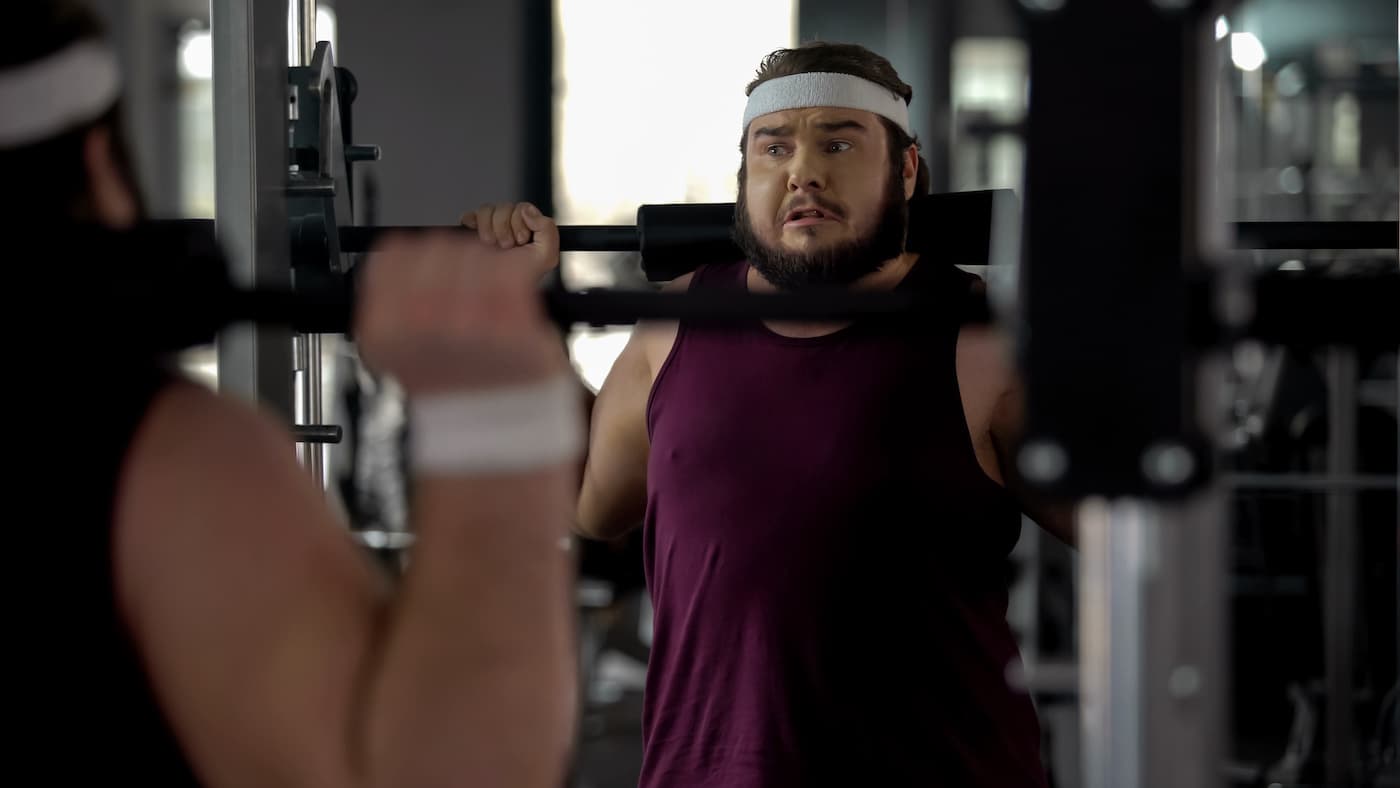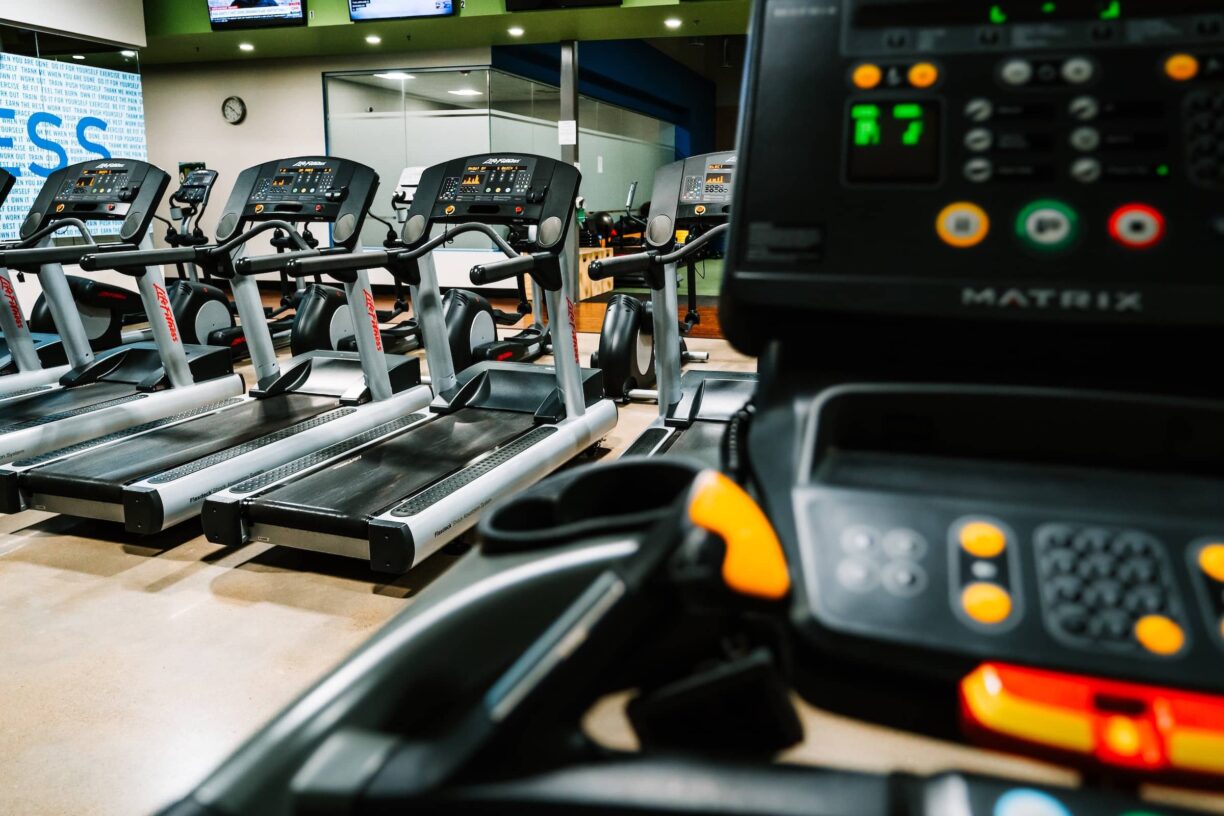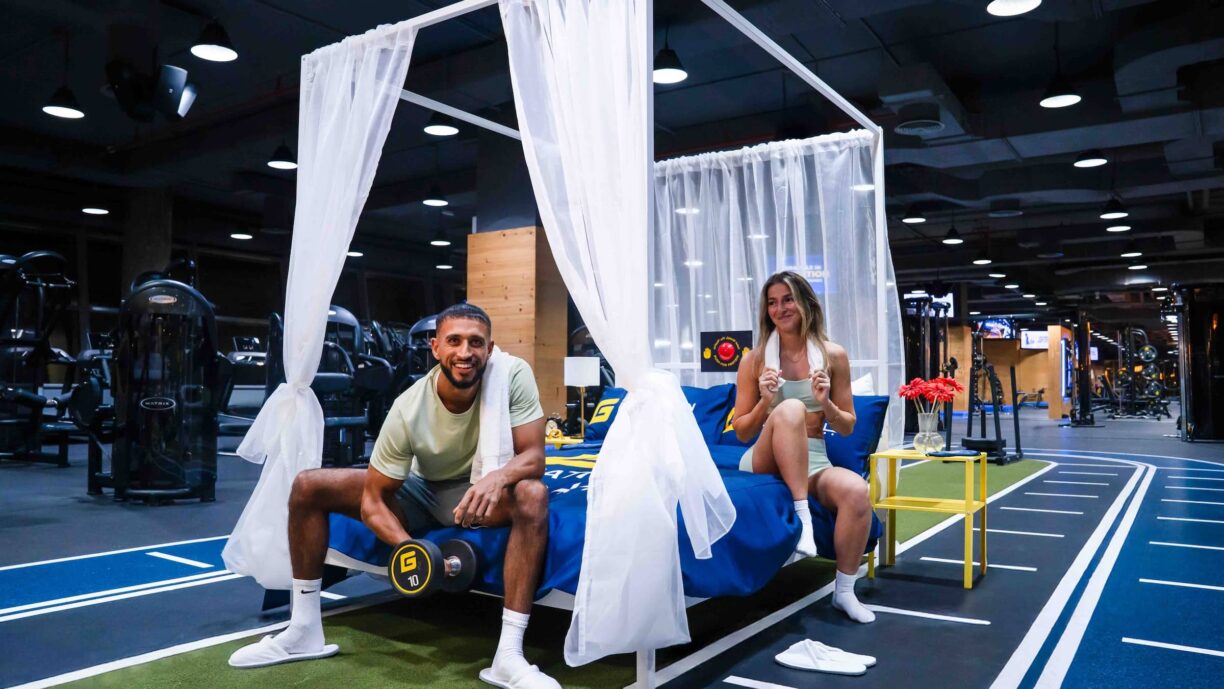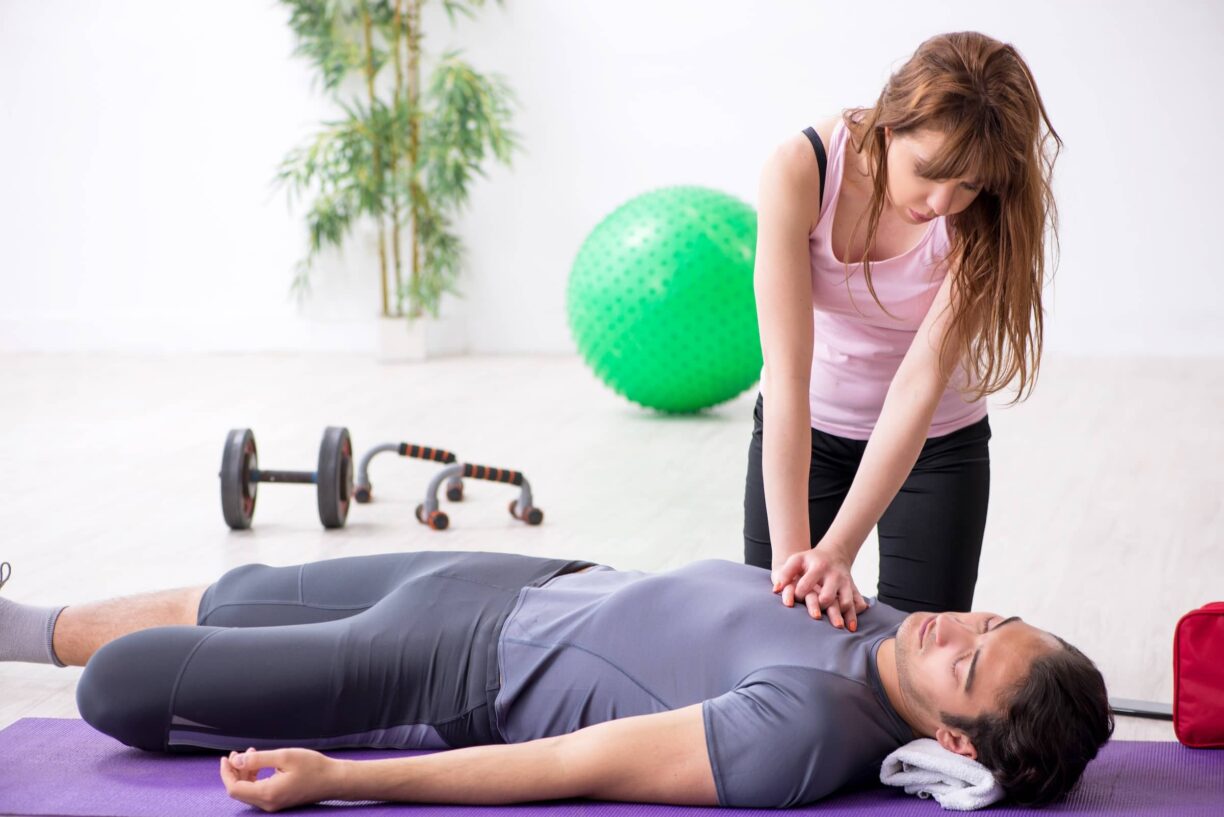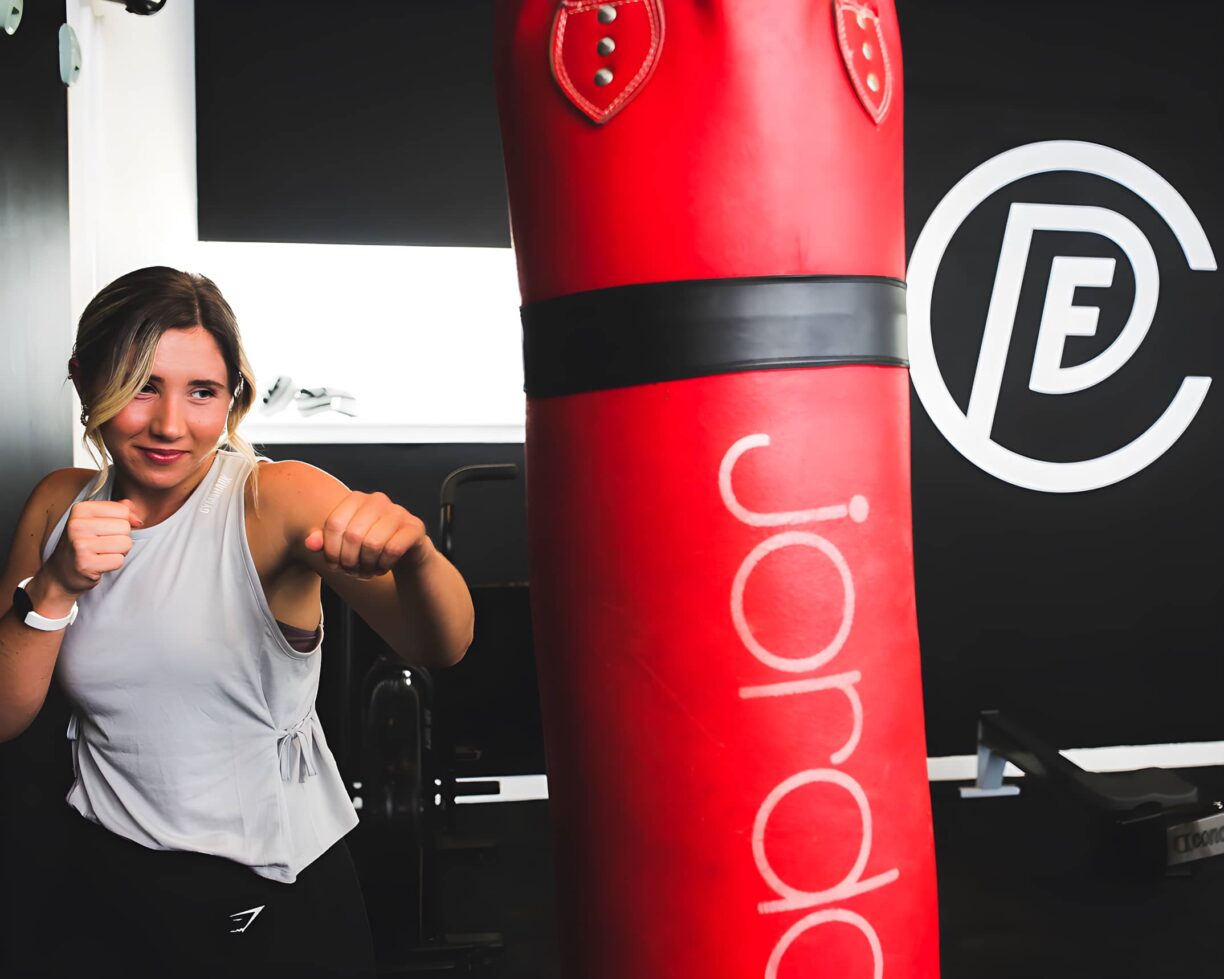This coming Sunday (29th August 2021) is set to be the quietest day of the year at the gym outside of Christmas, a big plus for anyone nervous about visiting in busy periods or for their first time.
Previously, PureGym found that 1 in 4 people are more scared of visiting the gym than they are spiders, with intimidation around busyness levels and working out around others being a key factor that puts off those with ‘gym-phobia’.
Making visiting at less busy times a great way for new members to get comfortable within the surroundings of a gym and be able to ask staff questions without the fear of being interrupted.
With Sunday being a day before the first bank holiday fully out of lockdown restrictions, PureGym are predicting that gyms across the country will be the quietest they’ll be outside of Christmas and New Year’s Day, with bank holiday Sundays being notoriously quiet where gym use is concerned.
With this in mind, PureGym has put together some advice for anyone looking to make ‘Quiet Sunday’ their day to get going at the gym, with 3 simple steps to getting the most from that 1st session, as well as further tips on maintaining a gym routine.
1. Be realistic:
You’ll probably have a long-term goal, but set yourself a realistic goal for the 1st session. Something as simple as learning how to use the kit, getting 15mins on a treadmill or trying a free workout on the PureGym App. Rome wasn’t built in a day so don’t expect to be doing backflips after your 1st visit!
2. Be prepared:
You’ll be able to enjoy the visit is you’ve got everything you need before you go, and it can put you at ease. Trainers, a water bottle, a padlock, change of top…. All easy to forget and frustrating if you don’t have. So for a hassle-free visit, get your list and stick to it.
3. Have fun:
Working out can be challenging at times, but it can be fun. Only do what you will enjoy on your 1st visit, this will set you up for success and you’ll be more likely to go again. Lots of people find going with a friend or partner is great and can help overcome the natural nerves we all experience
Following that first session, here’s how new members can also look to keep their visits consistent and work towards their fitness goals:
Know your ‘Big Why’ Objectives
One of the most important steps for beginners is to understand what your fitness objectives are and ultimately, why it is you want to build your fitness. Do you want to get stronger? Lose weight? Tone up? Is your new fitness journey part of a larger self-care lifestyle change? Or are you simply wanting to take better care of your body?
Whatever your reasons, knowing and understanding your motive for building up your fitness levels is a fantastic way to stay focused, so even if a workout feels tough or you’re not in the mood for exercising, you can remind yourself of just why it is you’re making these changes.
Your ‘big why’ is your key motivator and your purpose for exercising, keeping you inspired as you get stronger, fitter and you build your confidence.
Once you know this, then you can move on to the next step…
Set fitness goals
So now you know why it is you want to work on your fitness, next you need to think about how you’re going to achieve this. If you want to get stronger, then you could consider resistance or weight training.
If you want to be able to move further and faster, then you can work on your speed, cardio endurance and power. If your muscles feel tight, then mobility and flexibility movements and taking adequate rest can help you. You can then set your fitness goals.
We always recommend setting small, simple goals to start with. If you’re a total beginner then you could find one of the following helpful:
- 15 minutes of yoga every day: this is a great place to start as you’ll begin to loosen up any tightness in your body and start building mobility and strength.
- Learn to plank for 60 seconds: there are many different plank variations you can try, and by practising every day, you’ll be able to increase your time and build up your core and upper body strength. Perhaps see if you can get to a 60 second plank over the course of a month.
- Couch to 5K: gently improve your running ability week-by-week with a 5K plan.
- Commit to three gym sessions a week: head to the gym for at least 30 minutes, three times a week and you’ll start to feel a difference in no time. Try these 10 minute mini workouts) that you can combine, or perhaps consider signing up to a fitness class for extra motivation.
Another great approach to staying focused on your fitness is to plan a sporting event, or chosen date to have achieved a fitness goal. So, sign up to a 5k run, commit to being able to complete 10 push ups by your next birthday, or to have completed 12 workouts over the next month.
Make small, achievable changes
Getting healthy starts at home, and even if the thought of stepping foot in a gym still feels intimidating, then there are plenty of changes you can make to your daily routine that can positively impact your fitness.
Identify small opportunities to improve your health – individually they might not seem like a big deal, but when they’re grouped together, they can have a massive impact. Make a list of small changes you can do right now, for example:
- Take the stairs instead of the lift Walk or cycle to work, to the shops or simply for an enjoyable break
- Park further away from the door
- Dance while you’re cooking dinner
All these small changes will help to increase your physical activity and get you moving.
Create a fitness plan
So you know what you want to achieve, and how you’re going to achieve it – but before you start your first workout, we’d recommend setting your goals and intentions down in a plan.
Whether this is an online plan, spreadsheet, notes on your phone, scribbles on a calendar, or a printed-out sheet, having something you can refer to each week is one of the best ways to keep challenging yourself and ensure you’re hitting those goals.
If you don’t plan, you’re less likely to meet your goals, as it’s easier to stray from your good intentions. It’s also a good idea to track your progress so you can see where you’ve come from and, while you might not see immediate changes, logging your activity is positive reinforcement that will show you just how far you’ve come.
Form consistent habits
Consistency is key if you’re serious about getting fit. Intermittent exercise or unorganised workout routines will make it difficult to track progress. And if you can’t track your progress, you’ll be less likely to see genuine improvements and long-lasting change.
Staying consistent will also help turn your weekly exercise routines into habits, which in turn makes fitness a positive lifestyle change for good.
Make it easier to be consistent with these hacks:
- Be honest about your ability (everyone was a beginner once)
- Pack your gym bag the night before
- Prep healthy meals in advance
- Set small daily and weekly goals
- Buy a calendar or diary specifically for your fitness goals
- Invest in a good pair of trainers and gym kit
Do what you enjoy
Feeling a bit “meh” about your workout? Switch it up with exercises you enjoy. If you’re not enjoying your exercise sessions then you’re less likely to be consistent, so try new things until you find something you enjoy. Hate running? Maybe try a spin class instead.
Find weight lifting boring? Bodyweight exercises can be a great strength-building alternative. Struggle with motivation? Book a personal trainer session to stay driven.
There are so many different ways you can stay fit, you don’t have to limit yourself to just one. Mixing it up with a variety of different approaches throughout the week has a wide range of health benefits (as you’ll be challenging your body in different ways), but it also helps to keep your workouts fresh and exciting.

